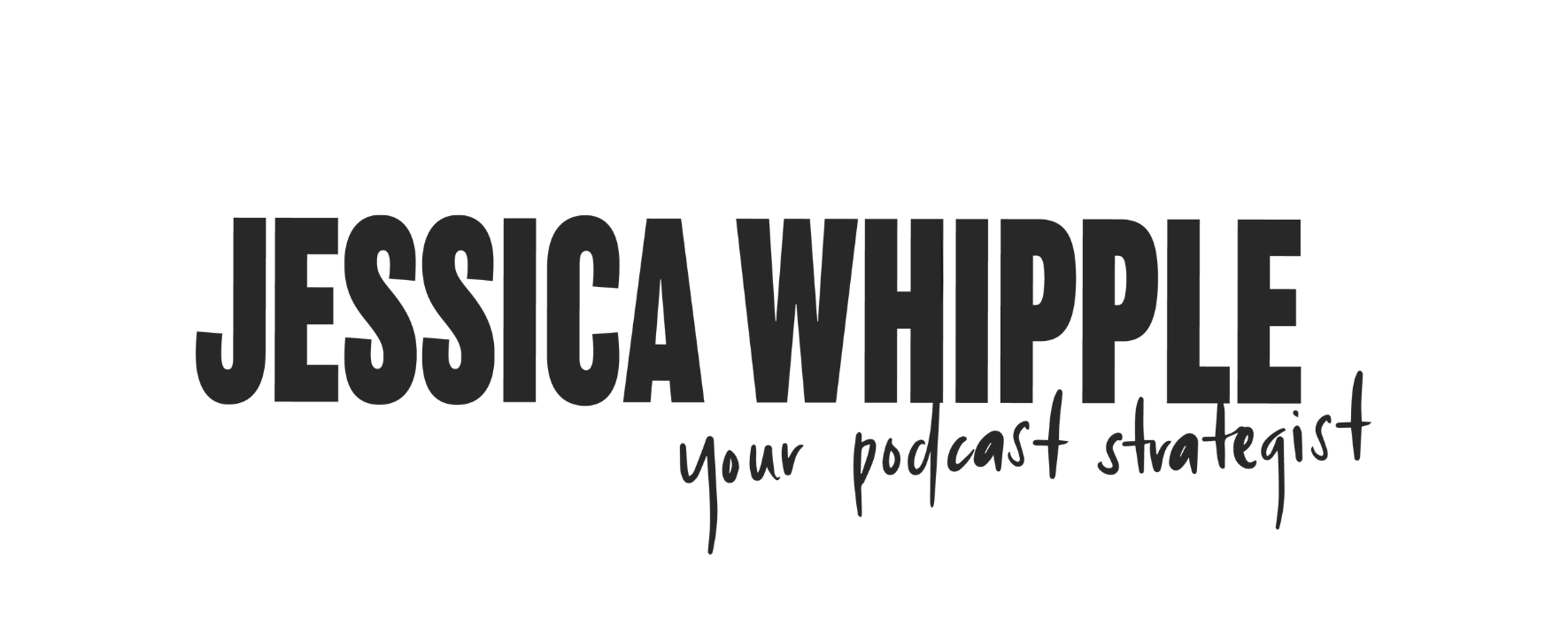
Most podcast growth advice out there is all about getting new listeners, but what about keeping them?
Getting that first play is hard, but that’s only half the fight. If you can’t turn those one-time listeners into engaged subscribers, all that marketing energy is pretty much wasted.
So, what actually keeps listeners coming back?
You might think it’s just about making better content, but it’s not just about what you say—it’s about how you say it. And at the heart of that experience is storytelling.
Storytelling is one of the most effective tools we have as humans. It helps us connect, learn, and make sense of the world around us.
Our brains are wired to crave stories, which makes them invaluable not just in entertainment but also in marketing, education, and, crucially, podcasting.
Whether you’re aware of it or not, every podcast tells a story. The real question is whether you’re telling a good one.
Without structure, even the best content can fail to land.
Think about what it’s like to listen to someone ramble, jumping from one idea to another with no clear direction. They might start with a childhood memory and then pivot suddenly to an unrelated piece of advice. It’s jarring, confusing, and frustrating.
Even if what they’re saying is valuable, you’re left wondering where they’re going, and it becomes hard to stay engaged. For podcasts, this lack of structure is a recipe for lost listeners.
When the audience doesn’t know what to expect or where the episode is heading, they’re far less likely to stick around long enough to find out.
Great podcasts, by contrast, guide listeners through a journey. Sometimes it’s a clear path to a destination, like learning a specific skill or hitting a milestone. Other times, it’s a more exploratory experience, helping the audience better understand a broad concept or idea.
Either way, the journey is what keeps listeners hooked, and that journey is driven by a strong story arc.
Some podcasters ignore the idea of storytelling because they don’t see how it fits their niche. It’s easy to see storytelling as something reserved for true crime series or narrative shows, not business or educational podcasts.
But every podcast can benefit from telling a story, no matter its focus.
The reason people tune in to your show isn’t just to consume information. They’re looking for solutions to problems, guidance to make progress, or insights that improve their lives.
Your role as a podcast host is to guide them. Every good guide leads their audience on a journey, and that journey is the story.
Imagine your listener as the hero of the story.
They’re here because they’re facing a challenge, and your podcast is the resource they’ve chosen to help them navigate it.
When you position your audience as the central figure in the narrative, it changes how you structure your episodes. You anticipate their needs, address their struggles, and make them feel understood. That connection creates trust.
Every story needs conflict.
For your podcast, this conflict is the problem or challenge that your episode addresses. Maybe it’s a guest sharing how they overcame adversity, or maybe it’s you breaking down a common issue your audience faces.
Whatever the format, this conflict is what makes your episode relatable. It’s what makes a listener say, “This is exactly what I needed to hear.”
The earlier you establish the conflict, the more likely you are to hook your audience.
They need to know right away why the episode matters and what’s at stake if they don’t keep listening.
Another critical component of a compelling story is the villain.
The villain doesn’t have to be a person; it can be a concept, an outdated idea, or a pervasive misconception. It’s whatever your audience is up against.
Identifying the villain helps define what your podcast stands against. It gives your content focus and direction, and it makes your message clearer. When listeners know what you’re fighting for—or against—they’re more likely to align themselves with your perspective and stay engaged.
Your podcast’s characters are just as important as its conflict and villain. As a host, you’re one of those characters. Your guests, when you have them, are characters too.
Even your listeners are part of the story because they see themselves in the struggles and triumphs you describe. To make these characters compelling, they need depth.
Your audience should quickly understand who they are, why they’re significant, and how they fit into the larger narrative. When listeners connect with these characters—whether it’s through shared experiences, values, or challenges—they’re more invested in what happens next.
Setting matters too. Stories don’t happen in a vacuum, and your episodes shouldn’t either. Add context.
Whether it’s painting a picture of an industry landscape, describing a pivotal moment, or creating a mood with music and sound design, setting the stage makes your story more immersive. It helps listeners understand not just what’s happening but why it matters.
Without context, even the best ideas can feel disconnected or abstract.
Resolution is where many podcasts falter.
Ending an episode abruptly, without tying things together, leaves listeners feeling unsatisfied.
A strong resolution answers the questions posed at the beginning, solves the problem introduced in the conflict, and provides a meaningful takeaway.
What do you want your audience to feel, think, or do after the episode? Whether it’s inspiration, newfound knowledge, or anticipation for the next installment, a well-crafted conclusion ensures your listeners leave feeling fulfilled.
Some podcasters worry that crafting story-driven episodes is too much work. It’s true that creating a strong narrative takes effort, but the payoff is worth it.
Storytelling makes your content more resonant. And you don’t need a Hollywood production to tell great stories.
Start by revisiting past episodes to identify where the story arc is strong or where it’s missing. Use these observations to guide how you plan and structure future episodes.
Engaging podcasts don’t happen by accident. They’re the result of intentional planning and ruthless editing.
When you treat your episodes as stories—complete with heroes, conflicts, villains, and resolutions—you create an experience that keeps listeners hooked.
You make them care about what you’re saying, and that’s what makes them come back for more.

